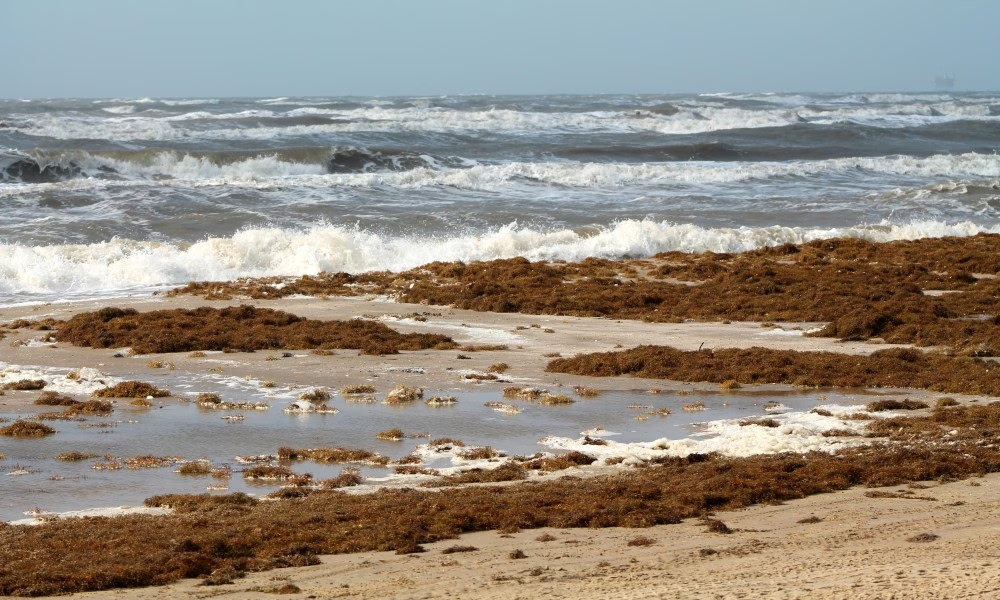
Beachgoers along the coast have recently noticed an increase in sargassum seaweed washing ashore, prompting local officials to monitor the situation closely. While the seaweed is a natural occurrence, its accumulation can sometimes require intervention to maintain beach accessibility and ecological balance.
The county follows strict guidelines for sargassum removal to protect both the environment and beach usability:
- Threshold for Removal: Sargassum must accumulate to at least 8 feet wide and 6 inches deep in a given area before removal efforts begin.
- Frequency: Any single area can only be cleared of vegetation once per day to minimize disruption to the ecosystem.
- Equipment Restrictions: Machinery must stay 4 feet away from the swash zone (the area where waves surge before receding) to prevent erosion and disturbance to marine life.
- Removal Methods: Crews may use rakes or loader buckets to gather sargassum, which is then relocated to the toe of the dune (the base where the dune meets the beach).
- Wildlife Protection: Before any equipment operates, wildlife monitors survey the area for sea turtles and other protected species to ensure their safety.
In response to the recent influx, William Comeaux, Galveston County Regional Operations Manager, provided an update: “The sargassum accumulation has met the removal threshold in some areas but not others. Conditions are expected to fluctuate with daily tides and ocean currents. We will continue assessing the beaches and take action as needed.”
Sargassum plays a vital role in marine ecosystems, providing habitat for fish, crabs, and juvenile sea turtles. However, excessive buildup onshore can hinder nesting turtles, create odor issues as it decomposes, and affect beach recreation. The county’s balanced approach ensures that necessary cleanups occur while preserving the seaweed’s ecological benefits.

[This article is based on the latest county statements and environmental guidelines.]




